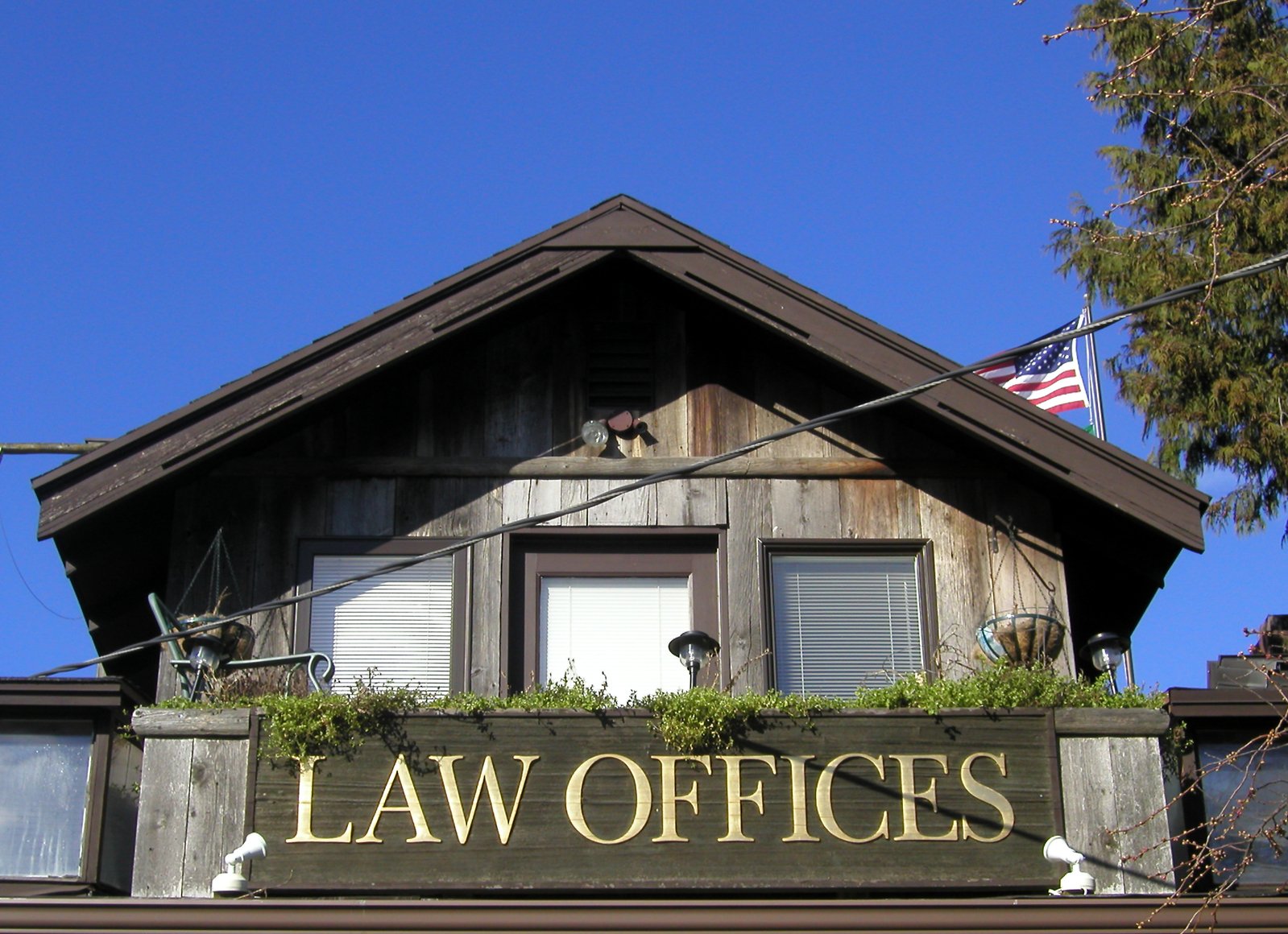25-86 41st St. LLC v. Chong, Date filed: 2021-07-09, Court: Supreme Court, Queens, Judge: Justice Robert McDonald, Case Number: 704854/2021:
"Plaintiff commenced this action by filing a summons and complaint on March 2, 2021. The complaint alleges that defendant has a month-to-month landlord-tenant relationship with plaintiff pursuant to which defendant rents the ground floor apartment at 25-86 41st Street, Astoria, New York 11103 for $2,400 a month. The relationship began in 2016. At the end of February 2021, defendant disappeared without surrendering the Apartment, leaving behind Christine Guzman. The complaint further alleges that plaintiff has no relationship with Guzman, and plaintiff did not give defendant consent to admit Guzman to the apartment. Further, the complaint alleges that defendant is not in a position to surrender the Apartment until he has removed Guzman and any other of his subtenants, licensees and invitees. Based on the allegations, plaintiff asserts claims for breach of month-to-month tenancy, trespass to land, nuisance, prima facie tort, and waste. Defendant now moves to dismiss the complaint for failure to state a claim upon which relief may be granted and based upon documentary evidence.
“To succeed on a motion to dismiss pursuant to CPLR 3211(a)(1), the documentary evidence that forms the basis of the defense must be such that it resolves all factual issues as a matter of law, and conclusively disposes of the plaintiff’s claim” (Teitler v. Pollack & Sons, 288 AD2d 302 [2d Dept. 2001]). A motion to dismiss a complaint based on documentary evidence “may be appropriately granted only where the documentary evidence utterly refutes plaintiff’s factual allegations, conclusively establishing a defense as a matter of law” (Stein v. Garfield Regency Condominium, 65 AD3d 1126 [2009], quoting Goshen v. Mutual Life Ins. Co. of N.Y., 98 NY2d 314 [2002]).
On a motion to dismiss pursuant to CPLR 3211(a)(7) for failure to state a cause of action, the court must accept the facts alleged in the pleading as true, accord the plaintiff the benefit of every possible inference, and determine only whether the facts as alleged fit within any cognizable legal theory (Goshen v. Mutual Life Ins. Co. of N.Y., 98 NY2d 314 [2002]; Leon v. Martinez, 84 NY2d 83 [1994]; Greer v. National Grid, 89 AD3d 1059 [2d Dept. 2011]; Prestige Caterers, Inc. v. Siegel, 88 AD3d 679 [2d Dept. 2011]). “If the documentary proof disproves an essential allegation of the complaint, dismissal pursuant to CPLR 3211(a)(7) is warranted even if the allegations, standing alone, could withstand a motion to dismiss for failure to state a cause of action” (Peter F. Gaito Architecture, LLC v. Simone Dev. Corp., 46 AD3d 530, 530 [2d Dept. 2017]).
In support of the motion, defendant submits an affidavit dated May 4, 2021, affirming that in 2016, he moved into the subject premises with Daniel Flores, the former actual tenant of plaintiff. He never signed a formal lease with plaintiff. He was a subtenant of Flores and paid $600.00 of the monthly $1,200 rent pursuant to a month-to-month roommate agreement signed with Flores. He had no interaction with plaintiff until Flores moved out. He was given the rental payment instructions and contact information. Since he moved into the subject premises, he has had three roommates. None of the roommates were ever interviewed by plaintiff. He did not have any issues with any of the roommates during their tenancy. On August 2019, Guzman moved into the premises after she responded to the Craiglist ad. Plaintiff was aware that Guzman moved into the premises, yet never requested any of Guzman’s personal information. Plaintiff never objected to Guzman moving in. As a result of COVID-19, on March 13, 2020, he began to work from home on a permanent basis. Guzman lost her job. In May 2020, he discussed the possibility of signing a lease with plaintiff. The lease was never signed. From the month of July and onwards, Guzman was unable to fulfill her half of the rent, leaving him to cover the full rental payment on his own. His roommate relationship with Guzman became hostile. On August 23, 2020, he got into an argument with Guzman that resulted in her throwing a magnetic bottle opener at him. Plaintiff was aware of the situation. On September 2, 2020, he hired Tommy Sgouras, Esq. to begin eviction proceedings against Guzman. On September 16, 2020, Guzman was served with a 60-day Termination of Tenancy Notice. Guzman threatened, harassed, insulted, and physically assaulted him. On September 25, 2020, Guzman aggressively shoved and slammed a door at him. Guzman was arrested for assault, and he was issued a temporary order of protection. On September 28, 2020 Guzman came to the apartment with a police escort to remove some of her belongings. On January 26, 2021, plaintiff sent him a text message advising him that he is better off getting Guzman’s belongings out of the building. On February 4, 2021, he received a call from plaintiff. Plaintiff then forwarded him information for a moving company. Gaitri Boodhoo, Esq., of The Brualdi Law Firm P.C., is the individual who provided him with the moving company information. He booked the moving company. Plaintiff stated that it would pay half of the moving expenses. On February 9, 2021, the moving company removed Guzman’s belongings. He has not been reimbursed for plaintiff’s half of the moving expenses. On February 19, 2021, a process server came to the premises to serve Guzman. On February 23, 2021, he received a call from plaintiff asking if he read the complaint, and that plaintiff would like him to be a witness in the Guzman lawsuit. Throughout the conversation, plaintiff went into extensive detail about the legal strategy against Guzman and advised him to reactivate his efforts to terminate Guzman’s tenancy. Plaintiff told him that if he served a second termination of tenancy, the 60-day notice would expire in May, which would put him in a better position in housing court. Plaintiff told him that he would pay half of the fee for a housing court lawyer. Plaintiff told him that the first question to the attorney should be if he needs to re-serve the termination of tenancy. Plaintiff encouraged him to change the locks since he has the Order of Protection. On February 24, 2021, he moved out of the premises.
Based on defendant’s affidavit and plaintiff’s admissions in the action commenced against Guzman, defendant contends that this action must be dismissed.
In opposition, Richard B. Brualdi, the principal of plaintiff, submits an affidavit dated June 30, 2021. Mr. Brualdi affirms that at some point in late 2015 or early 2016, Flores moved out, and with plaintiff’s consent, defendant established his own month-to-month tenancy with plaintiff. The rent had been $2,100 per month, but rose to $2,400 per month effective April 2016. At all points thereafter, the entirety of the rent was paid to plaintiff by defendant through a check defendant arranged to be sent directly to plaintiff. The checks had the legend “Apply to Account of Rent of Brian Chong” on them. For the months of September, October, and November 2020, plaintiff charged defendant a reduced rent of $1,300 because defendant had explained to him that Guzman was no longer staying with him. Beginning in December 2020, defendant began paying his full $2,400 rent again, which he did for December 2020 and January 2021. Thereafter, defendant disappeared, leaving Guzman and others in the apartment and failing to pay further rent.
Based on Mr. Brualdi’s affidavit, plaintiff contends that the motion to dismiss is meritless as defendant admits to leaving the premises with Guzman, his chosen roommate, still there.
The Court will address each cause of action separately herein.
Breach of Month-to-Month Tenancy:
The first cause of action is for defendant’s breach of the month-to-month tenancy by vacating the premises.
It is undisputed that a month-to-month tenant has a right to terminate the tenancy at any time. While the provisions of the original lease are binding on a holdover tenant, here there is no lease between plaintiff and defendant (see Visken v. Oriole Realty Corp., 305 AD2d 493 [2d Dept. 2003]). Thus, by vacating the premises, defendant did not breach any obligation.
Accordingly, the first cause of action for breach of the month-to-month tenancy shall be dismissed.
Trespass to Land:
The second cause of action is for trespass to land.
“The elements of a cause of action sounding in trespass are an intentional entry onto the land of another without justification or permission” (Volunteer Fire Assn. of Tappan, Inc. v. County of Rockland, 101 AD3d 853, 855 [2d Dept. 2012]).
The complaint alleges that since defendant permitted Guzman to enter the apartment, defendant is trespassing on plaintiff’s premises. It is undisputed that defendant himself is no longer in possession of the premises.
Viewing the facts in the light most favorable to plaintiff, this Court finds that plaintiff has sufficiently stated a cause of action for trespass against defendant since a tenant in possession has a duty to landlord to exercise ordinary care against even the acts of third parties (see Granger University Ave. Corp. v. First State Ins. Co., 99 AD2d 1022 [1st Dept. 1984]).
Accordingly, the cause of action for trespass shall remain.
Nuisance:
The third cause of action is for nuisance.
“The elements of a private nuisance cause of action are an interference (1) substantial in nature, (2) intentional in origin, (3) unreasonable in character, (4) with a person’s property right to use and enjoy land, (5) caused by another’s conduct in acting or failing to act” (Aristides v. Foster, 73 AD3d 1105, 1106 [2d Dept. 2010]). “[E]xcept for the issue of whether the plaintiff has the requisite property interest, each of the other elements is a question for the jury, unless the evidence is undisputed” (Weinberg v. Lombardi, 217 AD2d 579, 579 [2d Dept. 1995]).
Here, the complaint alleges that plaintiff has substantially, intentionally, and unreasonably committed conduct that interfered with plaintiff’s right to use its premises by permitting Guzman to enter the apartment. Although defendant is no longer at the premises, this Court finds that the complaint sufficiently states a cause of action for nuisance as defendant intentionally permitted Guzman to enter the subject premises and has failed to remove Guzman.
Prima Facie Tort:
The forth cause of action alleges prima facie tort.
The elements for a cause of action for prima facie tort are intentional infliction of harm resulting in special damages, without excuse or justification, and by an act or series of acts that would otherwise be lawful (see Burns Jackson Miller Summit & Spitzer v. Lindner, 59 NY2d 314 [1983]). There is no recovery in prima facie tort unless malevolence is the sole motive for the defendant’s unlawful act (see American Bank & Trust Co. v. Federal Reserve Bank of Atlanta, 256 US 350 [1921]; Burns Jackson Miller Summit & Spitzer v. Lindner, 59 NY2d 314 [1983]).
Here, the complaint fails to allege that defendant’s sole motivation was disinterested malevolence (see American Bank & Trust Co. v. Federal Reserve Bank of Atlanta, 256 US 350 [1921]). Moreover, the complaint does not allege any special damages.
Accordingly, the cause of action for prima facie tort shall be dismissed.
Waste:
The fifth cause of action alleges waste.
“Waste is any destruction, misuse, alteration, or neglect of the premises by one lawfully in possession thereof to the prejudice of the interest in that property to another” (Gilman v. Abagnale, 235 AD2d 989 [3d Dept. 1997][internal quotation marks omitted]).
The complaint alleges that defendant and/or Guzman have intentionally, purposefully, recklessly or negligently damaged plaintiff’s property, including two bedroom doors, and as a result, plaintiff has suffered damages of $1,200 to date.
Here, the complaint sufficiently states a cause of action for waste against defendant.
Regarding defendant’s arguments that this action should be dismissed based on the complaint filed in the action commenced between plaintiff and Guzman, which arises out of the same transactions and occurrences as this action, at this stage in the litigation, there is no issue with plaintiff pleading inconsistent and alternative causes of action (see CPLR 3014, 3017; Gold v. 29-15 Queens Plaza Realty, LLC, 43 AD3d 866 [2d Dept. 2017]).
Defendant also seeks to disqualify plaintiff’s counsel. A party seeking to disqualify a law firm bears the burden of demonstrating the need for disqualification and of showing sufficient proof to warrant such determination (see Gulino v. Gulino, 35 AD3d 812 [2d Dept. 2006]). Whether to disqualify a law firm is a matter which rests in the sound discretion of the court (see id. at 812). Additionally, a “party’s entitlement to be represented in ongoing litigation by counsel of his or her own choosing is a valued right which should not be abridged absent a clear showing that disqualification is warranted” (Matter of Dream Weaver Realty, Inc. [Poritzky --- DeName], 70 AD3d 941 [2d Dept. 2010], quoting Aryeh v. Aryeh, 14 AD3d 634 [2d Dept. 2005]; see Goldman v. Goldman, 66 AD3d 641 [2d Dept. 2009]).
Here, defendant failed to sustain his burden of demonstrating that disqualification is warranted. Defendant first contends that plaintiff’s counsel discussed the substance of the Guzman lawsuit with him. However, since defendant fails to demonstrate that there was an undertaking by Mr. Brualdi to perform a specific legal task for defendant, there was no existence of a prior attorney-client relationship between defendant and Mr. Brualdi (see Pellegrino v. Oppenheimer & Co., 49 AD3d 94 [1st Dept. 2008]). Defendant also contends that plaintiff’s counsel will be a witness in this matter, and thus, must be disqualified. It is undisputed that Mr. Brualdi will likely be a witness in this matter. However, Mr. Brualdi has not entered an appearance in this matter. Thus, defendant has failed to demonstrate, among other things, that Mr. Brualdi will be acting as the advocate."










